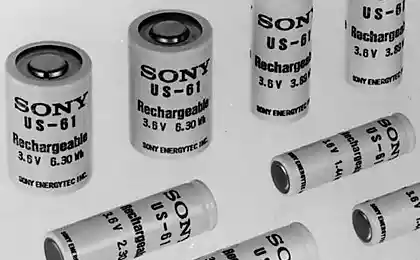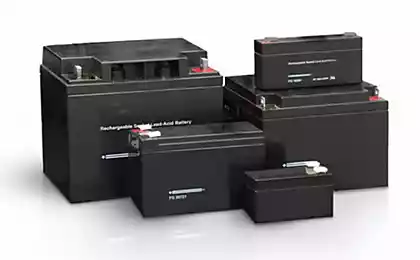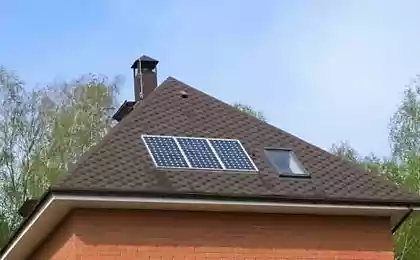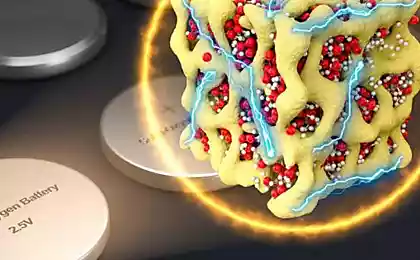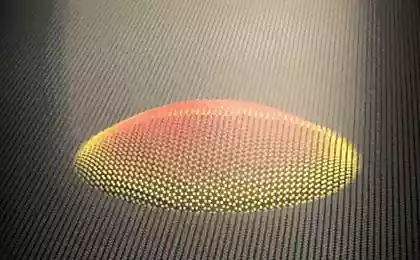479
Graphene electrodes enhance the battery capacity of 3000%
Scientists from the Royal Melbourne Institute of technology presented an alternative to modern batteries for solar energy storage. They created a prototype electrode based on graphene increases the capacity by 3000%, and also increases the shelf life of energy.

The design of the new electrode, made by Australian scientists, built on the principle of fractals — self-similar shapes with repeating patterns. During the prototype development, the engineers paid attention to the structure of mnogorjadnaja protected (Polystichum munitum), which refers to a type of fern plants. The leaves of mnogorjadnaja through his veins effectively save energy and provide the plant with moisture.
Made by the same fractal principle of a graphene electrode at the connection with the supercapacitor increases the capacity of the energy storage devices 30 times. The design also allows you to save energy for longer with minimal losses.
The electrodes are made of a flexible thin film, so it is easy to apply on the solar panel. The system simultaneously collects energy and stores it. Australian scientists hope that over time solar panels will become thin and flexible. This will create an integrated system of collecting and storing energy that can be applied to car bodies, smart phones, and smart watch.
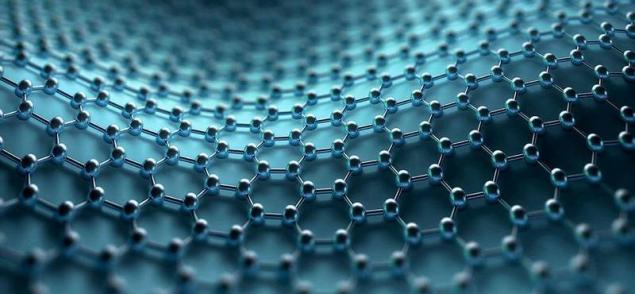
"We want to create a system based on our prototype and flexible film panels, however this technology is still in its infancy," explained one of the leaders of the study Iitti of Thekkekara. The results of the research were published in the journal Scientific Reports.
Scientists are already developing more flexible and thin panel with less weight and a year and a half on the market should appear first perovskite solar cells, which will allow you to print modules on a variety of surfaces. published
P. S. And remember, only by changing their consumption — together we change the world! ©
Source: hightech.fm/2017/04/03/graphene_electrode

The design of the new electrode, made by Australian scientists, built on the principle of fractals — self-similar shapes with repeating patterns. During the prototype development, the engineers paid attention to the structure of mnogorjadnaja protected (Polystichum munitum), which refers to a type of fern plants. The leaves of mnogorjadnaja through his veins effectively save energy and provide the plant with moisture.
Made by the same fractal principle of a graphene electrode at the connection with the supercapacitor increases the capacity of the energy storage devices 30 times. The design also allows you to save energy for longer with minimal losses.
The electrodes are made of a flexible thin film, so it is easy to apply on the solar panel. The system simultaneously collects energy and stores it. Australian scientists hope that over time solar panels will become thin and flexible. This will create an integrated system of collecting and storing energy that can be applied to car bodies, smart phones, and smart watch.

"We want to create a system based on our prototype and flexible film panels, however this technology is still in its infancy," explained one of the leaders of the study Iitti of Thekkekara. The results of the research were published in the journal Scientific Reports.
Scientists are already developing more flexible and thin panel with less weight and a year and a half on the market should appear first perovskite solar cells, which will allow you to print modules on a variety of surfaces. published
P. S. And remember, only by changing their consumption — together we change the world! ©
Source: hightech.fm/2017/04/03/graphene_electrode
Thermoacoustic engine – a Stirling engine without pistons
4 non-obvious causes of excessive weight that don't involve food




